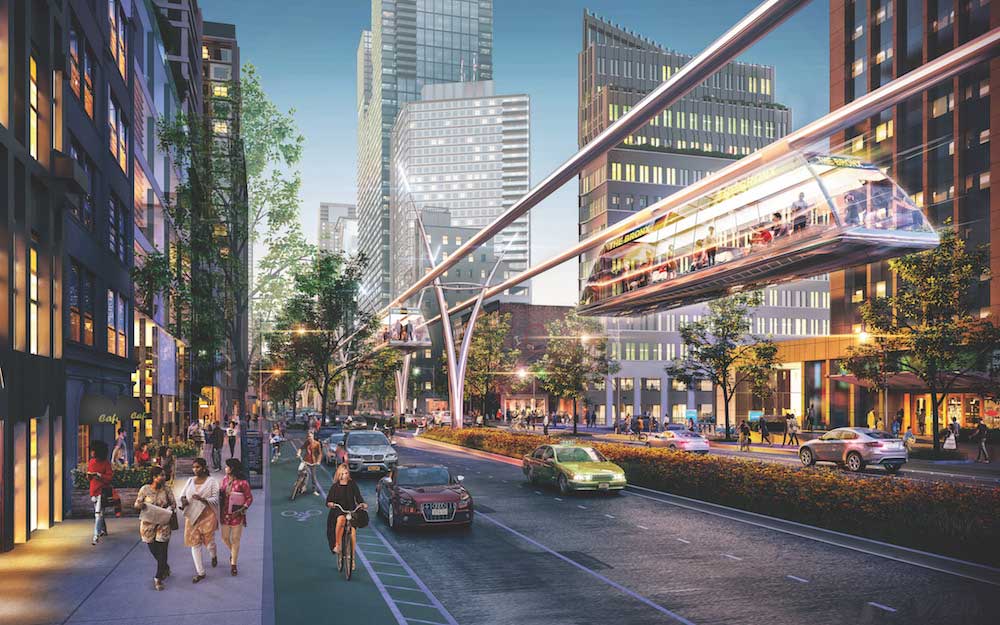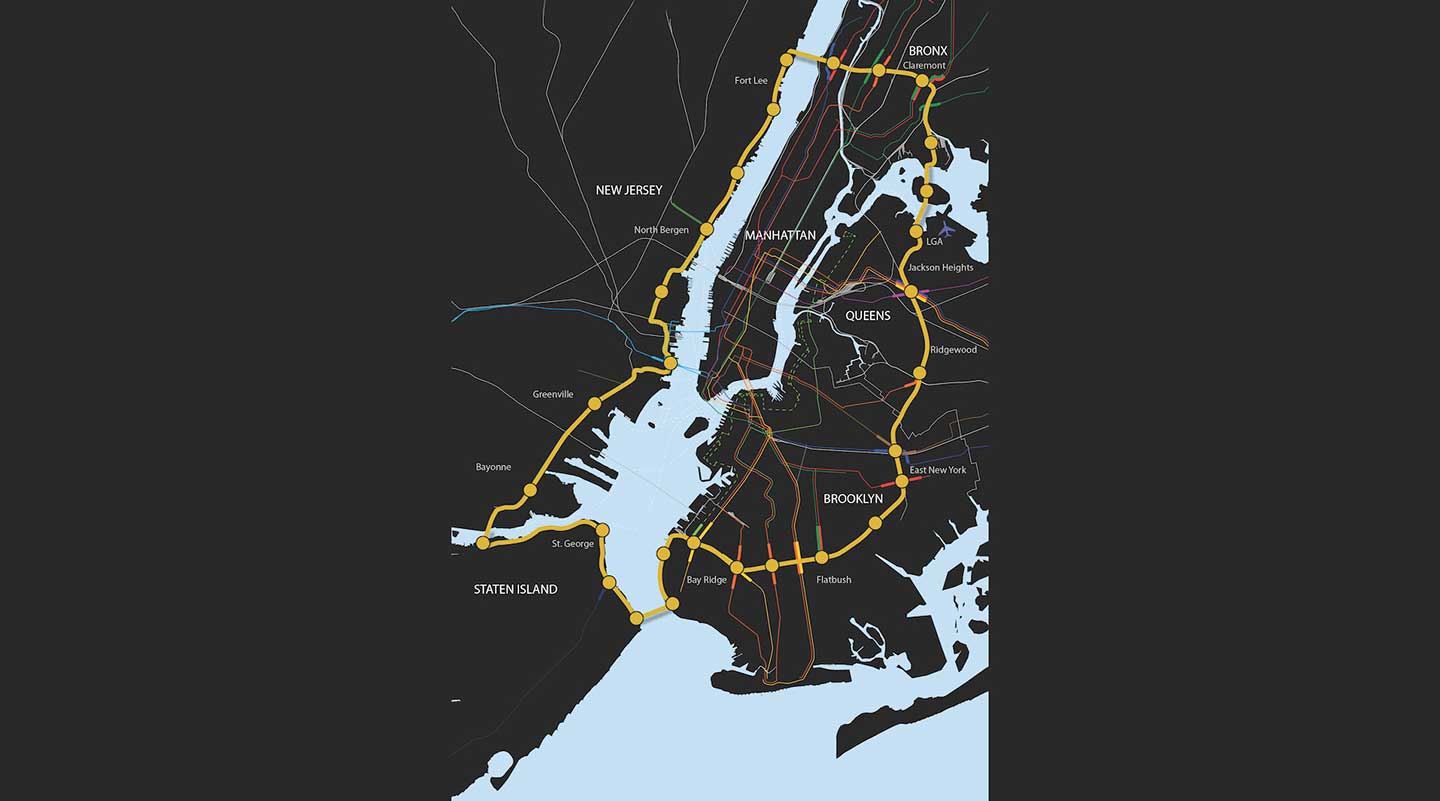
Love him or detest him, Robert Moses’ four decades as a city planner left a lasting mark on New York City. Dubbed, the “master builder” Moses is directly responsible for the construction of 13 bridges, 416 miles of parkways, 658 playgrounds and 150,000 housing units.
Robert Caro’s 1974 Pulitzer Prize–winning biography of Moses chronicled the planner’s fall from grace, which ultimately left the city on the brink of bankruptcy. Ironically, Moses’ tenure caused a prolonged halt in infrastructure construction. Following his reign, the city became overly cautious, maybe too much. The city hasn’t seen an infrastructure project of Moses’ scale since his departure.
In an ongoing series examining the storied legacy of Robert Moses, Crain’s New York Business asks readers some pointed questions:
Step back for a moment and ask yourself: In a city that built so much spectacular infrastructure through the 19th and 20th centuries, why is it still so hard to get to LaGuardia and JFK? Why does the West Side Highway still stand as a barrier to the waterfront? How can we still have only two rail tunnels under the Hudson? How can so many communities in Brooklyn, Queens and the Bronx still be without subway service? How can the Port Authority Bus Terminal and Penn Station remain as they are?
Looking towards the future, Crain’s asked leading architects, designers and real estate experts their opinions on what large scale projects NYC could undertake to help accommodate its surging population.

You can read all 12 proposals here, but one by FXFOWLE stands out. Their proposal thinks beyond NYC proper to incorporate the entire metro area. Named the ‘Halo Line’, it proposes a suspended tram system encircling NYC and Northern New Jersey. The 57-mile line was designed to run along existing infrastructure, including the George Washington, Bayonne and Verrazano bridges to minimize costs. Using suspended technology the tram would require less disruptive construction than a subway line and would allow for operation in the event of widespread flooding, which is likely becoming a new reality. Further, bringing reliable transportation to far-flung locations in the Bronx, Brooklyn, Queens and New Jersey will spur further development and economic growth.
As the NYC metro population continues to grow, do you agree that it’s time NYC, New York, and New Jersey start thinking big again? Let us know in the comments.